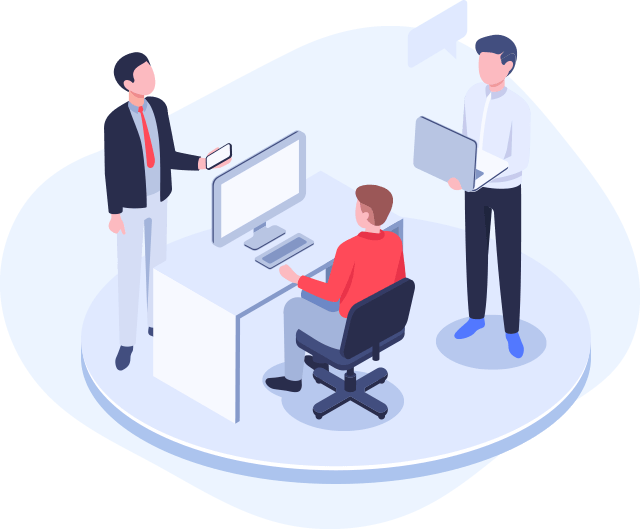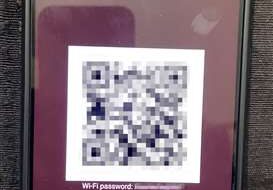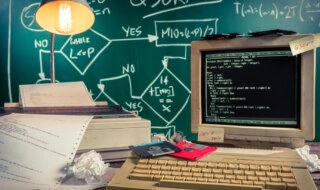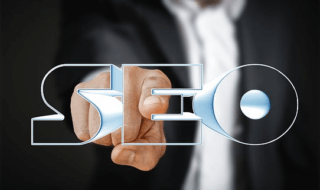Recently, the fanfare surrounding the Internet of Things has gained steam. The influence of this novel technology spans across various aspects of our lives including shopping, healthcare, travel, logistics, and among others. But what exactly is the term IoT? In a nutshell, IoT trends is the Internet of Things – a technological transition that involves the interconnection of everyday devices such as refrigerators, air conditioners, Wi-Fi equipment to the internet.
The Internet of Things can be envisioned as a vast network that consists of people and devices generating and transferring data related to their functions. Typically, every device has built-in sensors that are linked to software that houses and moderates the data. The software’s algorithm uses analytics to provide usable information that makes sense to the user. The information can be in the form of suggestions, predictions, and reportage.
Practical applications of IoT
One might ask, how does IoT provide practical utility?
In manufacturing, IoT enhances operational activity, equipment maintenance, as well as health and safety. For a manufacturer, the Internet of Things helps identify the important components for the fabrication of an item. For retail/wholesale businesses with stores around the city, IoT provides insights on the most visited outlets through sales data for the month. This would inform the manager to make items available to ensure quick turnover. IoT also gives a precise depiction of consumer habits and how products can be sourced and tweaked to best fit customers’ expectations.

With the Internet of Things, healthcare practitioners such as doctors, nurses, and administrators are now future-fitted with devices, personnel, equipment, and networks built for monitoring and evaluation, as well as patient management, and wellness enhancements.
Municipalities are set to reap the benefits of IoT through traffic control, public transportation, infrastructure management, and mobile public health services. Urban planners may deploy sensors and IoT-enabled clocks to anticipate transportation schedules and predict inclement weather conditions. We now have smart receptacle bins that alert workers when they are full to optimize waste collection.
The real estate segment benefits from the Internet of Things as more homes are expected to upgrade with chore automation, safety improvements, and energy control.
Across these use scenarios, IoT streamlines repetitive, routine, and time-consuming activities, leading to informed decision-making, improved commercial services, and increased time and cost savings. While privacy concerns are a valid risk, as with most technologies, engineering advancements by the leading IoT application development, coupled with their deep knowledge of regulatory measures are addressing a significant portion of these worries.
The Role of Artificial Intelligence (AI) in the IoT Era
IoT may have existed for years, but recent technological advancements such as 5G-enabled connectivity, cloud computing, natural language processing, machine learning, artificial intelligence (AI), and Business Intelligence (BI) analytics, along with powerful sensors, have inspired its ascent. As data volumes generated by everyday devices and individuals multiply, there will be challenges for ordinary IT and industrial equipment to effectively assimilate, interpret, and derive insights from the raging oceans of information.
AI is touted as the solution that bridges standalone machines to the internet for greater system visibility. The European Parliament describes AI as the ability of a machine to mimic human mental capabilities such as reasoning, learning, and synthesis. AI awakens technical systems to perceive their environment, measure risk, solve complex problems, and work toward attaining specific objectives.
In self-driving vehicles, we have AIoT solutions where powerful algorithms interpret real-time data coming from in-vehicle cameras, lidar and radar sensors, combined with on-cloud services. Although the world is still a few years away from wholly autonomous vehicles that can navigate from one place to another, Artificial Intelligence is making inroads into advanced driver assistance systems (ADASs). AI’s scope of application here includes lowering the fish-eye effect in videos recorded by on-board cameras to monitor driver etiquette.
The Future Outlook of IoT
What lies ahead for the Internet of Things? Based on the “State of IoT—Spring 2023” report by IoT Analytics, global IoT connections surged by 18% in 2022, reaching 14.1 billion IoT end points.
This growth trajectory reveals the value embedded in IoT connections. The report also portends approximately 29 billion connections by the year 2027. Evidently, IoT is firmly entrenched in our future. IoT and AI offer a viable combo. While IoT enables device communication over the internet, AI programs allow devices to learn from IoT-generated data and history. Many businesses are already integrating AI and IoT to gain never-seen-before visibility into their products and processes.
This marriage between AI and IoT has demonstrated tremendous efficacy across various firms, enhancing operational efficiency for Google by lowering data center cooling fees. Automaker, Rolls-Royce optimizes products and services through AI-driven predictive engine maintenance.
The benefit of an AI and IoT fusion translates to scalability, a reduction of the incidence of equipment downtimes, and consequent cost savings to kickstart revenue generation. Deloitte, for example, experienced a 20% to 50% slash in maintenance planning costs, a 10% to 20% uptick in equipment uptime, and a 5% to 10% decline in maintenance expenses.
Issues to be aware of when merging IoT with AI
The interlink between AI and IoT comes with a lot of benefits. However, it comes with a host of challenges. These issues encompass security, privacy issues, ethical considerations, compatibility challenges, software limitations, lack of confidence among consumer and business, on-cloud attacks, paucity of trained future-ready workforce, regulatory convolutedness, legal bottlenecks. All these drawbacks cast a doubtful cloud over the workability and IoT and AI as a combined force. However, with a dedicated execution plan, personnel education, and a rigid data governance regime, both technologies can convert all that bulky data into multiyear benefits.
Premium IoT and AI services all in one place
As a sizable IoT development company with full stack IoT and AI competencies, we are on top of developments in both services. While the future potential excites us, we remain active and attuned to the challenges. We have developed a multitude of solutions to surmount the existing challenges to give our clients the best in class automation services for their homes and businesses.



